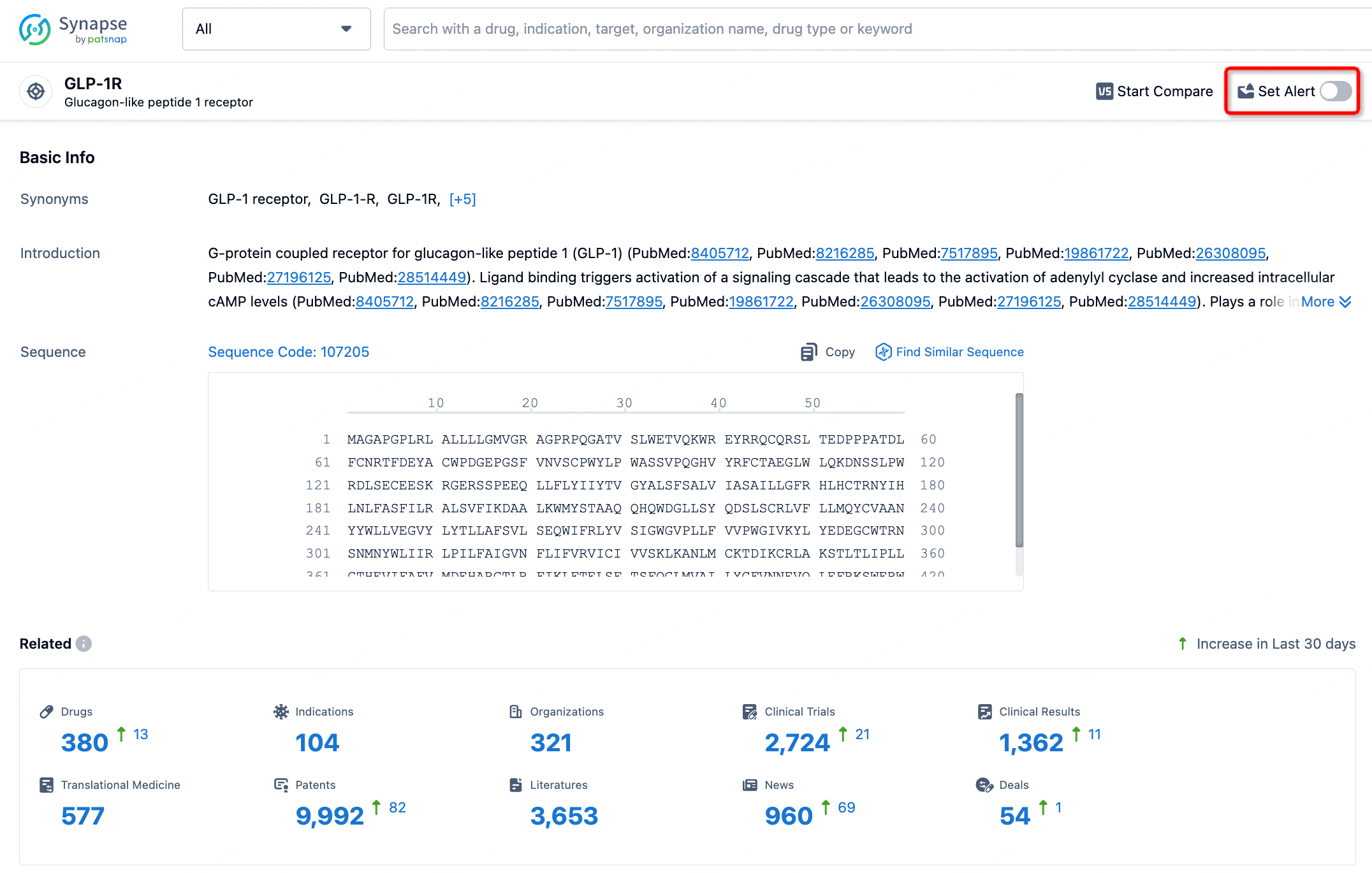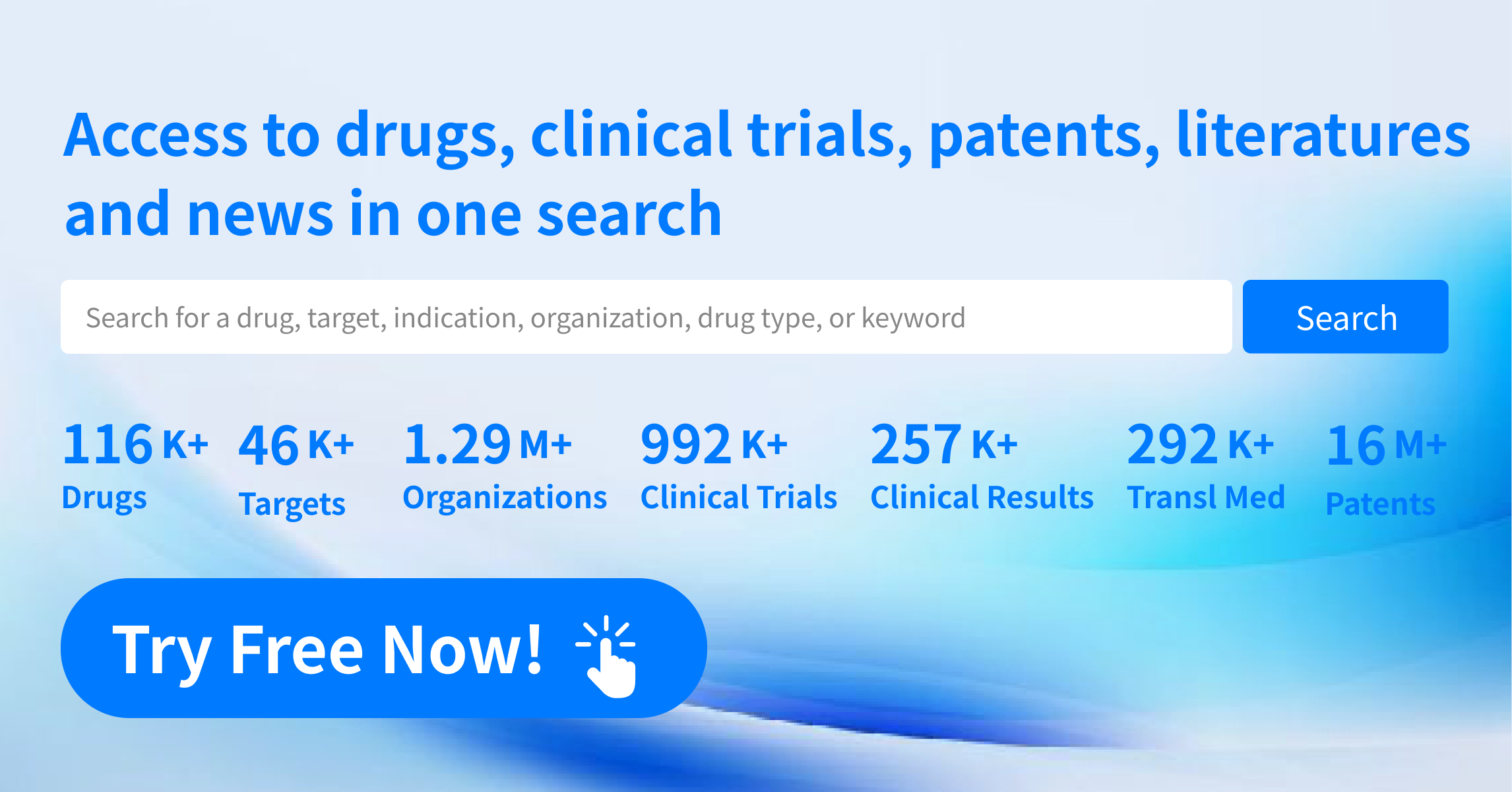Request Demo
What are ENaC blockers and how do they work?
21 June 2024
Epithelial sodium channels (ENaC) play a crucial role in maintaining the body's fluid and electrolyte balance by facilitating sodium reabsorption in various tissues, including the kidneys, lungs, and colon. When these channels malfunction or are overly active, they can contribute to conditions such as hypertension, heart failure, and cystic fibrosis. This is where ENaC blockers come into play. ENaC blockers are a class of drugs designed to inhibit the action of these sodium channels, offering potential therapeutic benefits for a range of health issues.
ENaC blockers work by specifically targeting and inhibiting the epithelial sodium channels. ENaCs are composed of three subunits: alpha, beta, and gamma. These subunits form a channel that allows sodium ions to pass through the cell membrane. When ENaC blockers are introduced into the body, they bind to one or more of these subunits, preventing sodium ions from entering the cells. By inhibiting sodium reabsorption, ENaC blockers help to regulate sodium levels in the body, which in turn can have downstream effects on fluid balance and blood pressure.
There are several types of ENaC blockers, each with varying mechanisms and degrees of specificity. Some of the most well-known ENaC blockers include amiloride and triamterene. These drugs are often referred to as potassium-sparing diuretics because they help the body excrete sodium while retaining potassium, which is beneficial for maintaining electrolyte balance. By blocking ENaCs, these medications reduce the reabsorption of sodium in the kidneys, leading to increased sodium excretion and decreased fluid retention. This can help lower blood pressure and reduce the workload on the heart.
ENaC blockers are primarily used in the treatment of conditions associated with fluid retention and hypertension. One of the most common uses of ENaC blockers is in the management of high blood pressure. Hypertension is a major risk factor for cardiovascular diseases such as heart attack and stroke. By reducing sodium reabsorption and subsequently lowering blood pressure, ENaC blockers can help mitigate these risks.
Heart failure is another condition where ENaC blockers can be beneficial. In heart failure, the heart is unable to pump blood effectively, leading to fluid buildup in various parts of the body. ENaC blockers help reduce this fluid accumulation by promoting the excretion of sodium and water, thereby alleviating symptoms such as swelling and shortness of breath.
ENaC blockers are also being explored for their potential in treating cystic fibrosis, a genetic disorder that affects the lungs and digestive system. In cystic fibrosis, ENaCs are often hyperactive, leading to excessive sodium absorption and thick, sticky mucus in the lungs. This mucus can obstruct airways and create an environment conducive to infections. Research is ongoing to determine the efficacy of ENaC blockers in reducing mucus viscosity and improving lung function in cystic fibrosis patients.
Additionally, ENaC blockers are used in conditions like Liddle's syndrome, a rare genetic disorder characterized by severe hypertension and low blood potassium levels. In Liddle's syndrome, mutations in the genes encoding the ENaC subunits result in increased sodium reabsorption. ENaC blockers can help counteract this excessive sodium absorption, thereby managing the symptoms of the disorder.
In summary, ENaC blockers are a vital class of drugs with significant therapeutic potential. By inhibiting the epithelial sodium channels, these medications help regulate sodium levels, which can have far-reaching effects on fluid balance and blood pressure. Whether used in the management of hypertension, heart failure, cystic fibrosis, or rare genetic disorders like Liddle's syndrome, ENaC blockers offer a promising avenue for improving patient outcomes. As research continues, the scope of conditions treatable with ENaC blockers may well expand, bringing relief to even more patients suffering from electrolyte and fluid balance disorders.
ENaC blockers work by specifically targeting and inhibiting the epithelial sodium channels. ENaCs are composed of three subunits: alpha, beta, and gamma. These subunits form a channel that allows sodium ions to pass through the cell membrane. When ENaC blockers are introduced into the body, they bind to one or more of these subunits, preventing sodium ions from entering the cells. By inhibiting sodium reabsorption, ENaC blockers help to regulate sodium levels in the body, which in turn can have downstream effects on fluid balance and blood pressure.
There are several types of ENaC blockers, each with varying mechanisms and degrees of specificity. Some of the most well-known ENaC blockers include amiloride and triamterene. These drugs are often referred to as potassium-sparing diuretics because they help the body excrete sodium while retaining potassium, which is beneficial for maintaining electrolyte balance. By blocking ENaCs, these medications reduce the reabsorption of sodium in the kidneys, leading to increased sodium excretion and decreased fluid retention. This can help lower blood pressure and reduce the workload on the heart.
ENaC blockers are primarily used in the treatment of conditions associated with fluid retention and hypertension. One of the most common uses of ENaC blockers is in the management of high blood pressure. Hypertension is a major risk factor for cardiovascular diseases such as heart attack and stroke. By reducing sodium reabsorption and subsequently lowering blood pressure, ENaC blockers can help mitigate these risks.
Heart failure is another condition where ENaC blockers can be beneficial. In heart failure, the heart is unable to pump blood effectively, leading to fluid buildup in various parts of the body. ENaC blockers help reduce this fluid accumulation by promoting the excretion of sodium and water, thereby alleviating symptoms such as swelling and shortness of breath.
ENaC blockers are also being explored for their potential in treating cystic fibrosis, a genetic disorder that affects the lungs and digestive system. In cystic fibrosis, ENaCs are often hyperactive, leading to excessive sodium absorption and thick, sticky mucus in the lungs. This mucus can obstruct airways and create an environment conducive to infections. Research is ongoing to determine the efficacy of ENaC blockers in reducing mucus viscosity and improving lung function in cystic fibrosis patients.
Additionally, ENaC blockers are used in conditions like Liddle's syndrome, a rare genetic disorder characterized by severe hypertension and low blood potassium levels. In Liddle's syndrome, mutations in the genes encoding the ENaC subunits result in increased sodium reabsorption. ENaC blockers can help counteract this excessive sodium absorption, thereby managing the symptoms of the disorder.
In summary, ENaC blockers are a vital class of drugs with significant therapeutic potential. By inhibiting the epithelial sodium channels, these medications help regulate sodium levels, which can have far-reaching effects on fluid balance and blood pressure. Whether used in the management of hypertension, heart failure, cystic fibrosis, or rare genetic disorders like Liddle's syndrome, ENaC blockers offer a promising avenue for improving patient outcomes. As research continues, the scope of conditions treatable with ENaC blockers may well expand, bringing relief to even more patients suffering from electrolyte and fluid balance disorders.
How to obtain the latest development progress of all targets?
In the Synapse database, you can stay updated on the latest research and development advances of all targets. This service is accessible anytime and anywhere, with updates available daily or weekly. Use the "Set Alert" function to stay informed. Click on the image below to embark on a brand new journey of drug discovery!
AI Agents Built for Biopharma Breakthroughs
Accelerate discovery. Empower decisions. Transform outcomes.
Get started for free today!
Accelerate Strategic R&D decision making with Synapse, PatSnap’s AI-powered Connected Innovation Intelligence Platform Built for Life Sciences Professionals.
Start your data trial now!
Synapse data is also accessible to external entities via APIs or data packages. Empower better decisions with the latest in pharmaceutical intelligence.


